About Intel® Edge Controls for Industrial¶
Intel® Edge Controls for Industrial (Intel® ECI or ECI) is about solving industrial challenges easier. This fundamental goal guides ECI and is the philosophy behind behind every ECI component, tutorial, and so on. The ECI team constantly engages with industrial customers to learn about their challenges and work together to solve them. Here are some learnings and different ways in which ECI can help:
- Simplicity
Solutions need to be simple to follow and use. ECI provides simplicity through familiar package management (Deb and RPM packages) and comprehensive documentation.
- Support
In the industrial space, the expectation is that the customers would be able to use the solutions for over a decade. The solutions that work today should also work after a decade. ECI provides support through periodic package updates while ensuring continued compatibility with Intel® processors and products.
- Determinism (Real-time)
Industrial applications often have complex real-time requirements. Data must be processed and decisions made within a finite time interval. ECI enables determinism through real-time Linux kernels (PREEMPT_RT and Xenomai), verified configurations, and tools to help leverage Intel® silicon features such as Cache Allocation Technology (CAT) and Time Sensitive Networking (TSN).
- Consolidation
Industrial use cases often employ Programmable Logic Controllers (PLC), and a common trend is converting these hardware-bound PLCs to software PLCs. It is possible to deploy multiple software PLCs and operating systems onto a single compute system to reduce cost by leveraging virtualization. ECI provides consolidation through real-time hypervisors and templates for microservices.
- Familiar Tools
ECI builds upon many standard industrial tools, such as commercial software PLCs, Robotic Operating Systems (ROS), PLCopen, CANopen, and so on. By reusing the tools the customers are familiar with, ECI enables immediate access to optimizations and enhancements without needing to redesign or learn new tools.
ECI Versions and Supported Distributions¶
Intel® Edge Controls for Industrial provides packages and solutions compatible with popular Linux distributions including Debian, Canonical® Ubuntu®, and Red Hat® Enterprise Linux® (RHEL). By converging on these Linux distributions, ECI is able to provide a developer-centric environment which aligns well with existing workflows.
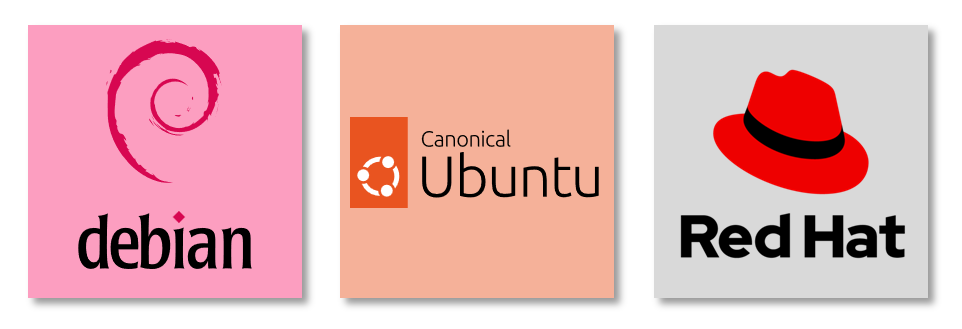
Distribution |
Distribution Version |
ECI Version |
||||
|---|---|---|---|---|---|---|
v3.2 |
v3.1 |
v3.0.2 |
v3.0.1 |
v3.0 |
||
< Debian > |
Debian 12 (Bookworm) . |
◆ |
||||
Debian 11 (Bullseye) . |
◆ |
◆ |
◆ |
◆ |
◆ |
|
< Canonical® Ubuntu® > |
Canonical® Ubuntu® 22.04 (Jammy Jellyfish) . |
◆ |
◆ |
◆ |
◆ |
◆ |
< Red Hat® Enterprise Linux® > |
Red Hat® Enterprise Linux® 9.3 (Plow) . |
◆ |
◆ |
|||
ECI Support¶
Intel® is constantly working towards improving ECI, by providing:
Updates to Linux kernels, including PREEMPT_RT and Xenomai variants
Support for upcoming Intel® processors and other products
Optimizations for libraries and tools running on Intel® processors
Fixes for Common Vulnerabilities and Exposures (CVEs)
Validation on previous generation processors to ensure continued compatibility
New features and enhancements
To learn more about the upcoming features of ECI, refer to the ECI feature roadmap.
ECI License¶
Usage of Intel® Edge Controls for Industrial is permitted under the terms of the Intel® Edge Controls for Industrial Software License Agreement.
ECI Features¶
The following are the key features of ECI. Click each feature to learn about the related components:
Time Deterministic Compute Keeps industrial processes working predictably with deterministic compute |
Workload Convergence Uses virtualization and containerization configurations to consolidate mixed-criticality workloads |
Application and Platform Management Enables zero-downtime updates and enhanced maintainability, with increased flexibility due to real-time workload orchestration |
Infrastructure Management Scales control node clusters with software-defined infrastructure, including network, storage, and CPU |
Industrial Connectivity Bridges brownfield and greenfield communication technologies to achieve a complete edge-to-cloud solution |
Controls Application Offers production-verified and standards-compliant controls samples to simplify production and deployment |
ECI Technology Domains¶
ECI provides packages for Debian 12 (Bookworm), Canonical® Ubuntu® 22.04 (Jammy Jellyfish), and Red Hat® Enterprise Linux® 9.3 (Plow). By installing ECI packages into an existing environment, you can quickly bring solutions to a multitude of technology domains. The following table lists the components grouped based on the technology domain they pertain to.
Click each link to learn more.
Domain |
ECI Components and Features |
|---|---|
Hypervisor Domain |
GNU/Linux KVM Hypervisor and Upstream Virtualization Tools |
Real-Time Systems Hypervisor (RTH) and Tools |
|
Project ACRN Hypervisor, Device Model, APIs, and Tools |
|
Kernel Domain |
Linux Intel LTS kernel |
Linux Intel LTS PREEMPT_RT kernel |
|
XENOMAI Dovetail Co-kernel |
|
Connectivity Domain |
Intel® Edge Control Protocol Bridge and Plugins |
IEC-62541 OPC UA Framework and DX Resources |
|
IEC-60802 TSN Endstation Profiles and DX Resources |
|
FM350-GL Linux driver and 5G DX Resources |
|
AX210 Linux driver & WiFi 6E DX Resources |
|
SoftPLC Domain |
CODESYS* IEC61131-3 Control and DX Resources |
Universal Automation (IEC61499) / Schneider Electric EcoStruxure Automation Expert Control and DX Resources |
|
IEC-61158 EtherCAT Master and DX Resources |
|
IEC-61131-3 (part 1 and 2) Motion Control DX Resources |
|
IEC-50325-4 CANopen for Automation (CiA301) |
|
Realtime Optimization Domain |
Benchmarking & Performance Characterization Real-time Suite and Timeview-UI |
Intel® TCC Tools and DX Resources |
|
Linux XDP/eBPF and DX Resources |
|
Real-time Data Agent/Broker DX Resources |
|
Application Domain |
Container Runtime and ECI Configs (dockerd) |
Intel® Edge Insights for Industrial (Intel® EII) |
|
Robot Operating System (ROS2) |
|
Intel® Trusted Platform Module (TPM) 2.0 |
|
Intel® oneAPI APT Repo Source (apt.repos.intel.com) |
|
Infrastructure Domain |
ECI Industrial Applications¶
ECI is very flexible and can be applied to a wide range of applications and end equipment:
|
|
|
|
How ECI Achieves Determinism¶
Determinism is defined as the ability to operate with a predictable outcome. In the context of the Linux kernel, this means that applications can run without experiencing spurious interrupts, which enables them to achieve consistent real-time performance.
At its core, ECI is an optimized Linux kernel with specific configurations to enable real-time workloads to operate deterministically. This is accomplished by the following:
Specification |
Description |
|---|---|
Optimized Linux* kernel |
ECI provides an optimized Linux Intel LTS PREEMPT_RT kernel for real-time workloads. For a list of kernel configurations and boot parameters used to optimize the Linux kernel, refer to ECI Kernel Configuration Optimizations and ECI Kernel Boot Optimizations. |
Cache Allocation Technology |
ECI leverages an Intel® silicon feature called Cache Allocation Technology which helps address shared resource concerns by providing software control of where data is allocated into the last-level cache (LLC), enabling isolation and prioritization of key applications. |
CPU Isolation |
By default, all Linux kernel processes are scheduled to run on CPU 0 and CPUs 1 & 3 (13th generation processors and older) or 2 & 4 (14th generation processors and newer) are configured to be isolated for real-time usage. |
Network interrupt affinity to CPU |
ECI Network Interrupts Affinity to CPU recommends to selectively move critical Ethernet device interrupts. for prioritized traffic-class onto a CPU other than CPU 0. |
Tickless kernel |
ECI builds the Linux kernel to be tickless. With a tickless kernel, timer interrupts do not occur at regular intervals, but are only delivered as required. This minimizes the number of kernel interrupts to the minimum required. |
Persistent C-States and CPU frequency |
ECI builds the Linux kernel to maintain persistent CPU power/frequency state. With this configuration, the CPU never reduces clock speed, remaining at a single frequency to consistently process real-time workloads. |
ECI Packages and Installation Images¶
ECI is available to you via packages and installation images. Deb packages are available for Debian and Canonical® Ubuntu®, while RPM packages are available for Red Hat® Enterprise Linux®. Click each tab to learn more.
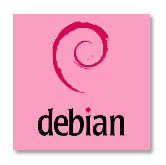

ECI focuses on four industrial applications, and includes the following use cases:
eci-process-automation
eci-manufacturing-equipment
eci-discrete-manufacturing
eci-robotics-control
To instantiate these use cases quickly, ECI provides Deb packages for Debian and Canonical® Ubuntu®. For a complete list of ECI Deb packages, refer to ECI Packages Lists. The high-level Deb packages, also referred to as meta-packages, do not contain any distributable assets, but have install-time dependencies on other packages.
The following figure illustrates the dependencies of ECI meta-packages (high-level Deb packages) on various domains:
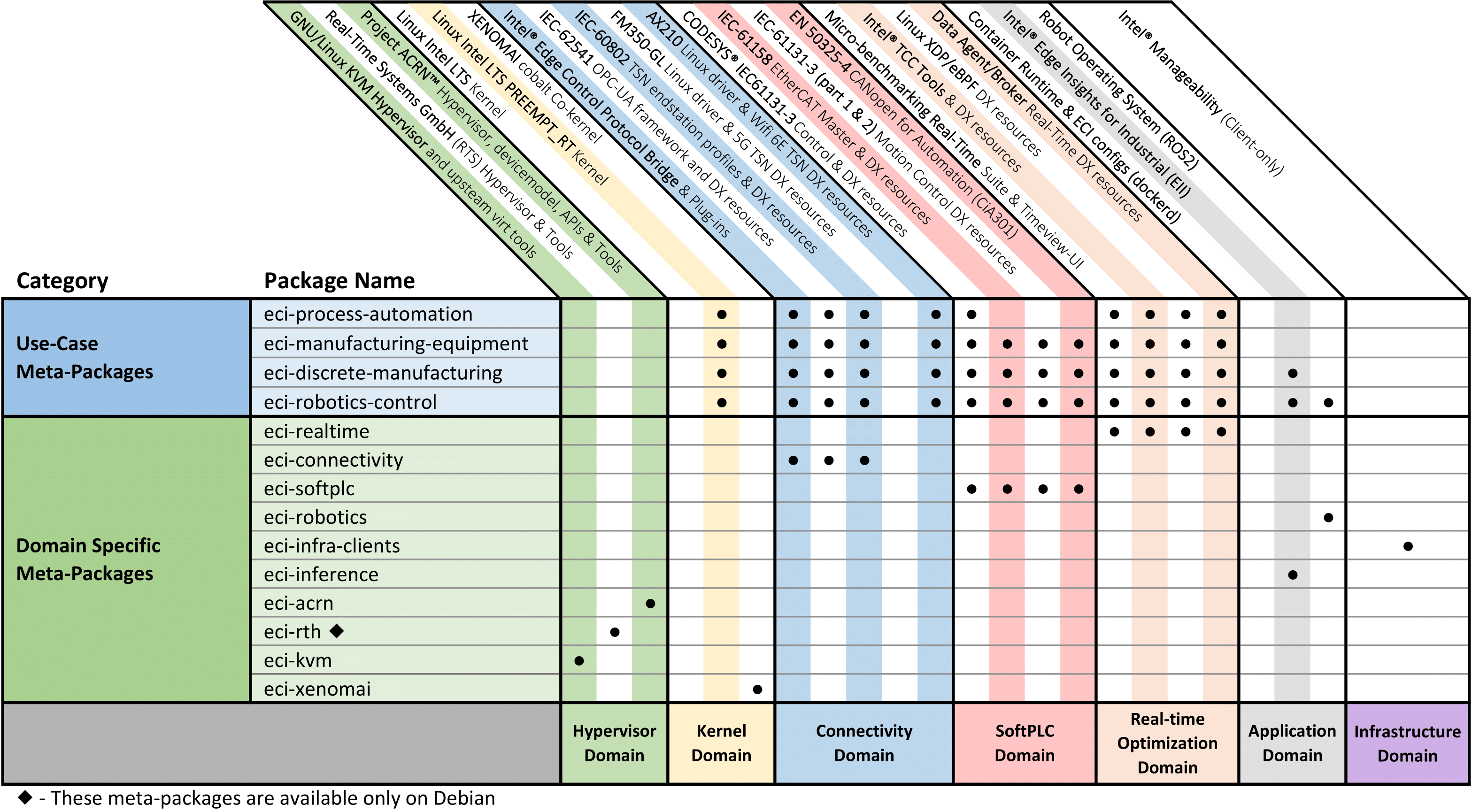
Attention
The Use Case and Domain-specific meta-packages install a collection of Deb packages. They do not configure the system, instantiate any applications, or turn the system into a ready-to-use solution. Do not install these meta-packages with the expectation that the system will be completely ready for deployment.
See also
For a complete list of ECI Deb packages, refer to ECI Packages Lists.
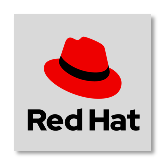
ECI provides RPM packages for Red Hat® Enterprise Linux®. For a complete list of ECI RPM packages, refer to ECI Packages Lists.
The following figure illustrates the features inherently present in Red Hat® Enterprise Linux® and what features Intel® Edge Controls for Industrial augments.
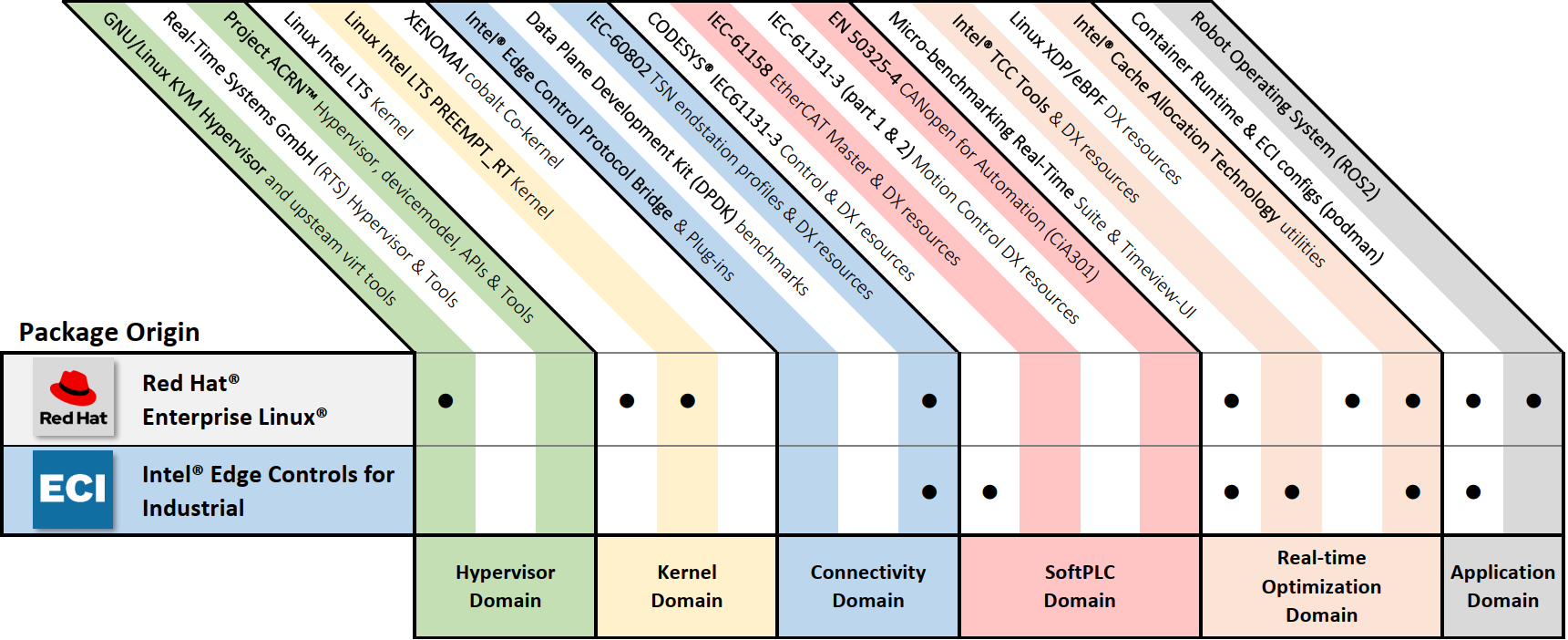
See also
For a complete list of ECI RPM packages, refer to ECI Packages Lists.
ECI provides a few installation images to enable you to quickly get started with a blank canvas, ready for customization. These installation images are minimal builds of Debian or Canonical® Ubuntu® with the ECI Linux Intel LTS PREEMPT_RT kernel and latest Intel® firmware already installed and boot parameters already configured. You can build these images locally by following the instructions listed in Build ECI.
